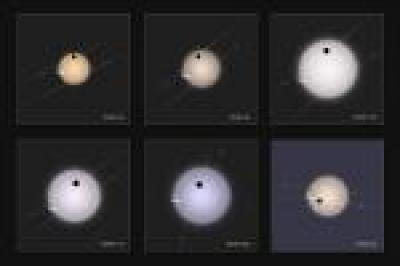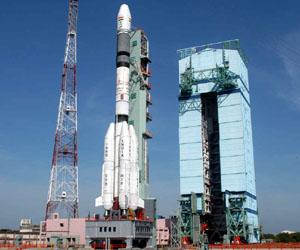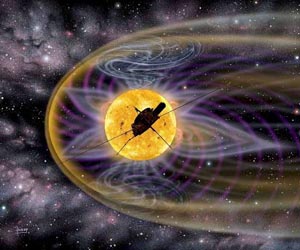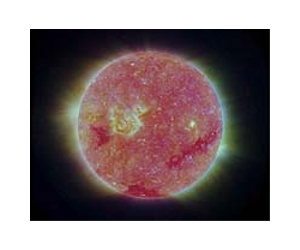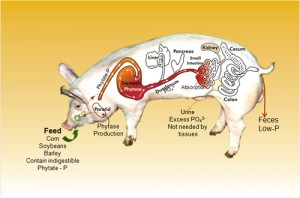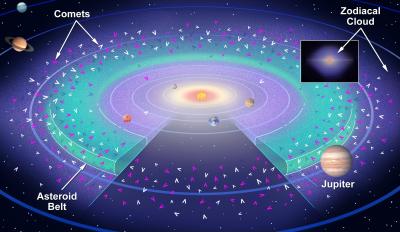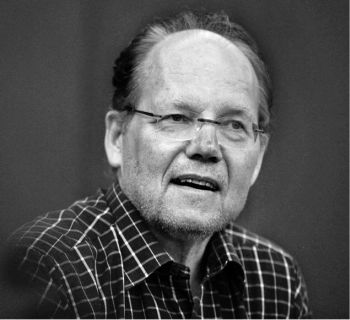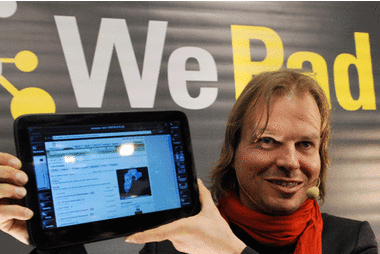
It is not, however, an "iPad killer" as it has been dubbed by some blogs but an alternative to its bigger rival, Neofonie GmbH's founder and managing director Helmut Hoffer von Ankershoffen told reporters on Monday in Berlin.
Ankershoffen stressed the system's openness: Two USB ports allow users to connect all kinds of devices with the WePad, from external keyboards to data sticks.
People who want to put music on their WePad do not have to have any particular software, Ankershoffen said - a blow at Apple's devices that require particular Apple software like iTunes.
The WePad's basic version, which comes with Wi-Fi and 16-gigabyte storage, is set to cost €449 ($600), the larger 32-gigabyte version with a fast 3G modem is €569.
Ankershoffen claimed that given its technological superiority and greater openness, "that's a bargain compared with the iPad."
